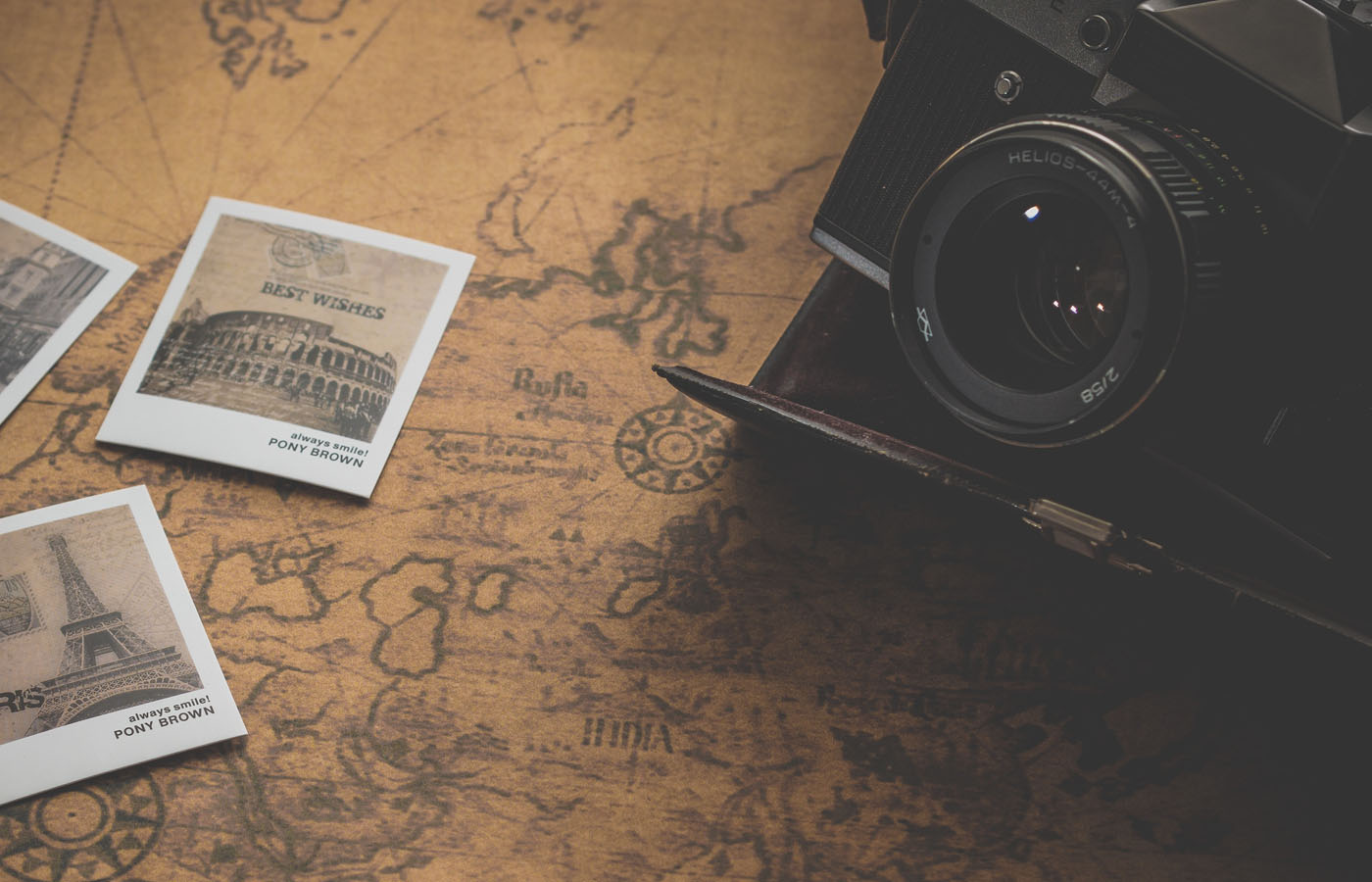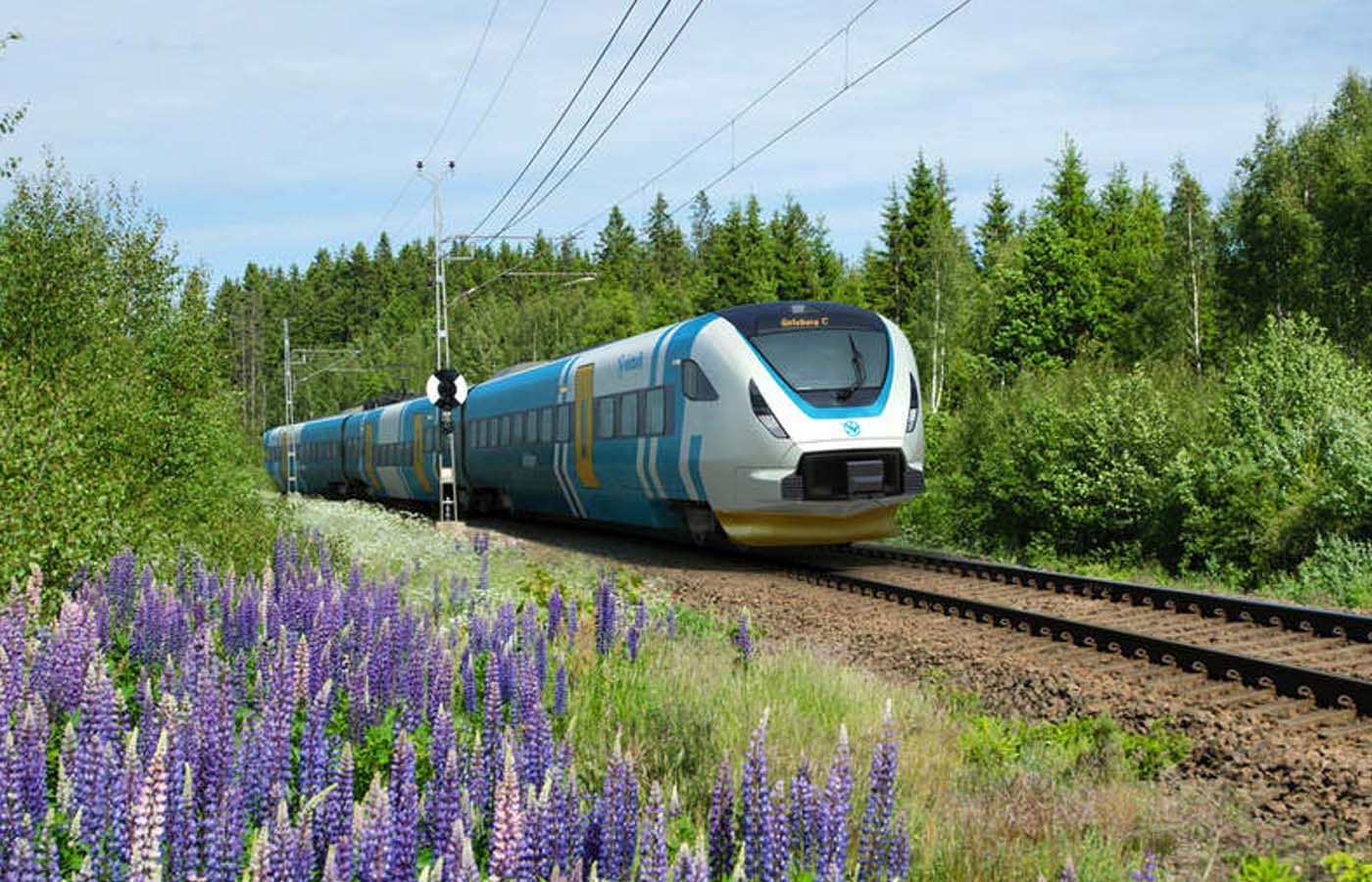With jet aircraft in the 1950s, airline travel turned towards the era of mass passenger travel. The days of flying high on adventure on those classic propeller planes and piston-driven engines became a thing of the past. The unparalleled luxurious service that catered to passengers and gave rise to the term “jet set” offered onboard flights had to be scaled back dramatically as demand for passenger travel rose. All preceded by the faster or more efficient that eventually took to the skies. Flying was no longer this romantic endeavor reserved for a minority and the economically privileged of the time. Thus, the novelty of it dulled as flying transitioned into necessity.
Expensive fares during the golden age of travel were about 40% more than today’s prices (plus take into account 1950s dollars) – think iconic airlines and aircraft like Pan Am, the Concorde, the vintage airline posters. It was all supplanted by staunch demand for low-fares, and flights such as “red eyes” and “all-nighters” came into existence. Right now, it costs around $20,000 USD for a first class sleeper cabin on a ‘short’ transatlantic flight. Most of us, however, would never consider paying that much and would opt for paper thin seats with no water or food instead.

Approximately four billion passengers will board an aircraft in 2019. The International Air Transport Association (IATA) estimates that this number will double to eight billion passenger over the next twenty years, or possibly higher.
The aviation industry currently contributes about 3 percent to the global fossil fuel emissions of carbon dioxide (CO2), equating to about 815 million tons of the bad stuff globally. Even with new global CO2 emissions certification standards for aircraft going into effect, it’s easy to understand the problematic relationship between a rise in passenger service vis a vis emissions.
Sweden is taking matters into its own hands in leading an effort to curb their population’s contribution to the problem. The country came up with a novel approach by inventing a word that encourages people not to fly –“flygskam”. “Flygskam” translates into “flight shame”. Citizens are being encouraged to take the train when possible, over a flight.

Apparently it’s working, passenger numbers in Sweden are down 8%, with the decline being felt particularly within the domestic passenger market. Interestingly enough though, the trend reveals that they are not only choosing trains for shorter journeys, but for longer ones too. When Swedish people were asked why they were choosing trains over planes, their response was simple: they would rather save the planet than fly.
These are the choices all of us will face sooner or later – they are just leading the charge. Until now, the Swedes have been among Europe’s most frequent fliers. The beaches of southern Europe and Africa have been popular as places for sunny respite from the Northern winters of cold and darkness. But it seems that things are changing. There is another new word, “tågskryt” which means ‘train bragging’. And it’s being used all over social media feeds in an effort to encourage others to do the same as well.



